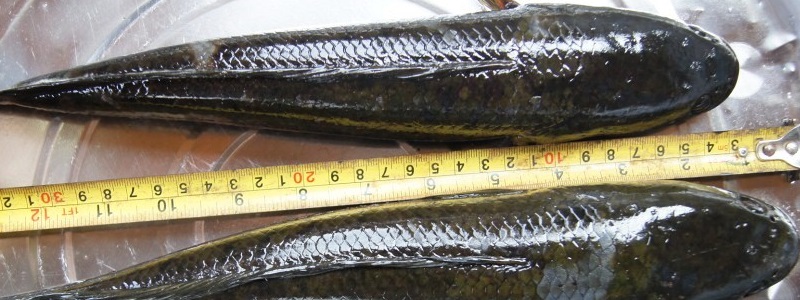7,000 Hectare Commercial Plantation, Laos
SLP Environmental (Laos) was appointed to conduct an Ecological & Environmental Baseline Survey (EBS) of a large tract of land located on the Boloven Plateau in Southern Laos. The client was considering the acquisition of the land for development as a commercial plantation and as part of their corporate social responsibility process commissioned SLP Environmental to assess the likely environmental and socio-economic cultural impacts of the proposed scheme and to develop and implement Environmental and Social Action Plans to mitigate the effects of any adverse impacts.
As part of the overall study SLP conducted environmental and ecological baseline surveys (EBS) to establish the baseline conditions at the study site. This data was used to formulate an Environmental Management & Monitoring Plan (EMMP) to ensure that the identified adverse environmental and social impacts arising as a consequence of the Projects activities were appropriately mitigated and monitored for compliance.
The ecological baseline study comprised a quantitative and qualitative approach involving the identification of particular taxon and habitats complimented by village interviews conducted before the field survey in order to gain a preliminary understanding of the status of a particular taxon and ecosystem in the survey area. The study site was divided into several grid cells and survey blocks were selected for targeted survey based on the various potentially sensitive habitat types identified on and in the immediate environs of the study site. Terrestrial and aquatic habitats and an inventory of observed flora and fauna was compiled.
Environmental monitoring works comprised air quality, groundwater and surface water quality monitoring works. Environmental monitoring target areas were selected based on the findings of an earlier SLP site reconnaissance. Surface water monitoring was undertaken upstream and downstream in the two major watercourses traversing the Project site and included the measurement of flow rates, field monitoring of selected parameters and the collection of samples for laboratory analysis for a range of chemical and microbiological parameters. Three ambient air quality monitoring stations were established at the project site to measure range of potential gaseous contaminants including sulphur dioxide, nitrogen dioxide and BTEX compounds.

